Can Cats Cut Their Own Nails?
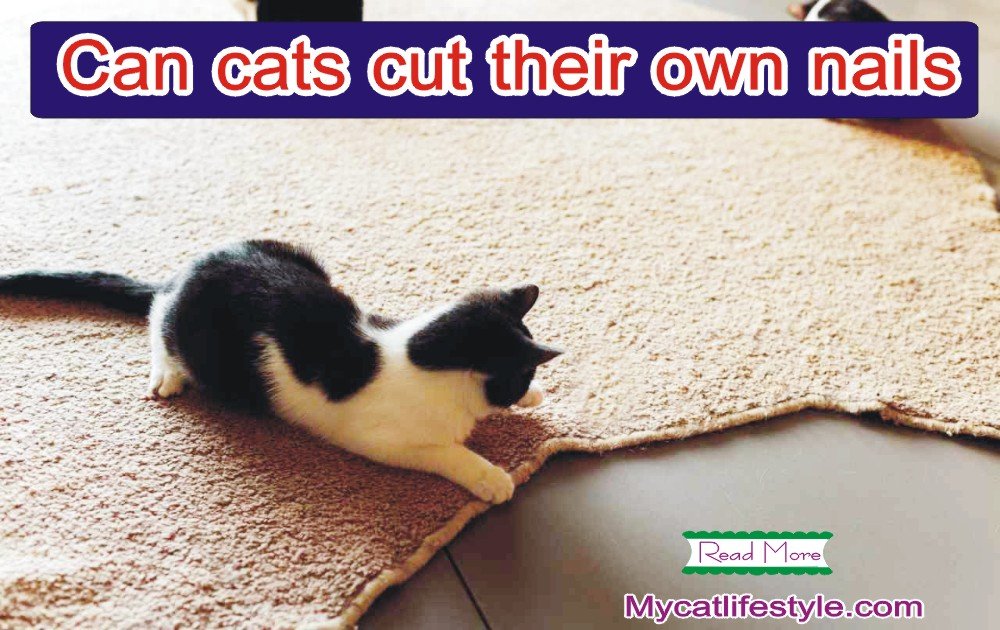
Cats are known for their impeccable grooming habits, taking meticulous care of their fur. However, when it comes to their nails, many cat owners wonder if their feline friends can manage this aspect of their grooming independently. Whether cats can cut their nails arises from observing their natural behaviors and understanding the anatomy and needs of a cat’s claws.
Cats use their claws in the wild for hunting, climbing, and self-defense. These activities naturally help to keep their nails at a manageable length through wear and tear. However, domestic cats might engage in a different level of physical activity, leading to overgrown nails if adequately managed.
This introduction sets the stage to explore the balance between a cat’s natural grooming instincts and the role of a care taker in ensuring their nails are kept in good condition.

Can Cats Cut Their Own Nails?
Cats cannot cut their nails like humans do with nail clippers. However, they have natural behaviors that help control the length of their claws. Scratching is a fundamental cat activity, serving several purposes beyond mere nail care. When cats scratch surfaces, it helps to remove the outer nail sheaths, revealing sharp, new claws underneath.
This behavior can be likened to a self-maintenance routine, ensuring their nails remain vital for defense and hunting.Providing a variety of scratching posts and pads is essential for domestic cats. These tools not only cater to their natural marking instinct but also aid in preventing overgrown nails. Incorporating scratching posts made from different materials and placed in various locations can mimic the diverse environments cats would encounter in the wild, encouraging regular use. Explore our comprehensive guide here for detailed insights on selecting the proper scratching posts and creating an engaging environment for your cat.
While scratching assists in maintaining their nail length to some extent, more is needed for regular nail trimming, especially for indoor cats. Indoor environments often lack the rough surfaces found outdoors that help wear down their nails naturally. Therefore, cat owners should periodically check their pet’s nails and provide appropriate care to prevent overgrowth, which can lead to discomfort or health issues for the cat.
How Cat Claws Work
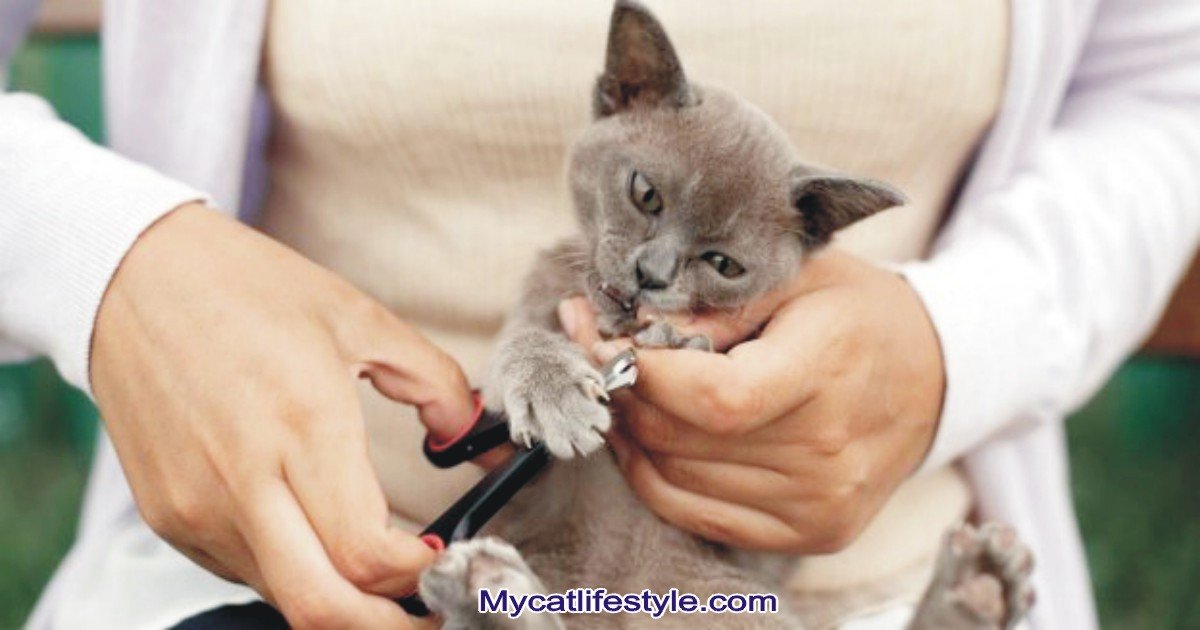
Cat claws are marvels of feline biology, designed for precision and versatility. Unlike human nails, cat claws are retractable, allowing cats to keep them sharp when needed. This retractable mechanism is supported by ligaments and muscles, enabling cats to extend or retract their claws. This ability is crucial for various activities, from hunting and climbing to defensive actions.
The unique structure of cat claws also means that they can become overgrown if not worn down through regular activity or care. Understanding this mechanism underscores the importance of properly maintaining a cat’s claws to ensure their well-being. For a deeper dive into the fascinating anatomy of cat claws and their functions, visit our detailed exploration here.
Cat Scratching: A Natural Nail Care Routine
Scratching is an instinctive behavior for cats, serving multiple purposes beyond entertainment or marking territory. It’s a part of their natural nail care routine. When cats scratch, they help remove the dead outer layer of their claws, promoting healthy growth. Scraping on different textures, such as carpet, sisal, or wood, mimics the natural abrasive surfaces cats encounter in the wild. This helps keep their claws at a healthy length and ensures their nails are sharp and ready for use. Various scratching posts and surfaces can support this natural behavior, preventing potential issues with overgrown nails. Check out our tips for installing effective scratching surfaces in your home.
Read More: My Cat Ate a Rubber Band: What Should I Do? (Vet Answer)
Cat Pulling and Chewing: The Feline Manicure
In addition to scratching, cats sometimes pull or chew at their claws. This behavior is part of what can be considered a ‘feline manicure.’ It allows them to remove loose sheaths from their nails and manage irregularities. While this might seem concerning initially, it’s generally a regular part of their grooming process. However, excessive pulling or chewing could indicate discomfort or issues with their nails and should be monitored. Proper nail care, including regular trimming and offering suitable scratching materials, can minimize cats’ need to pull or chew their nails excessively.
How to Cut a Cat’s Nails When They Hate It?
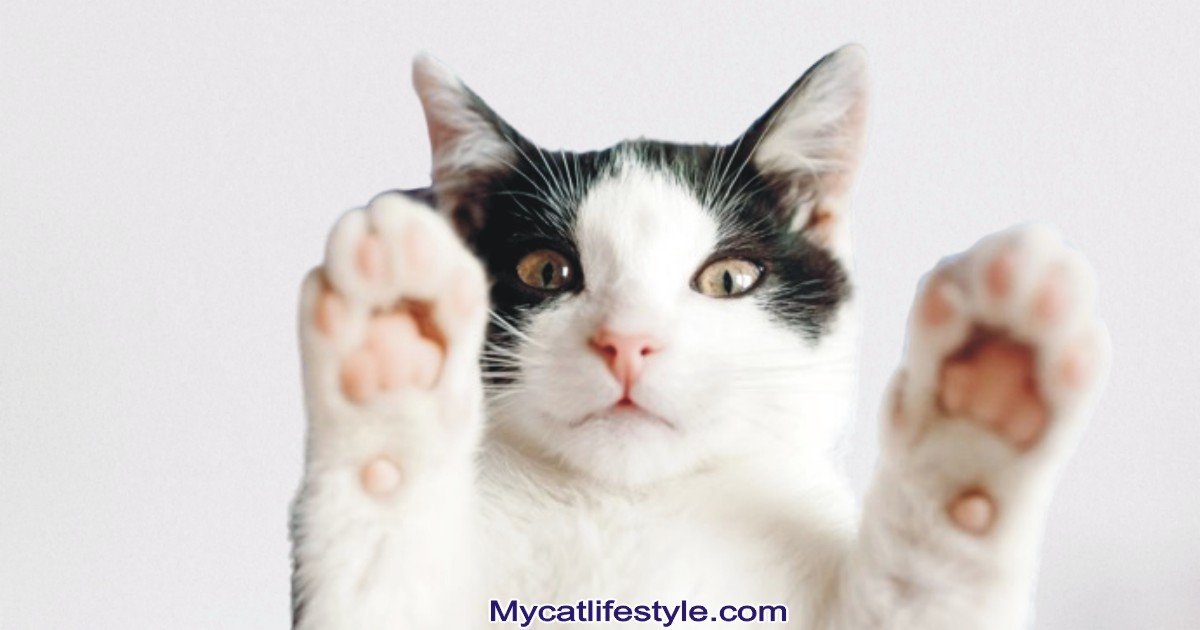
Cutting the nails of a cat who detests the process can be challenging but not impossible. The key is patience, preparation, and positive reinforcement. Start by creating a calm environment, free from loud noises or distractions. Gradually accustom your cat to having their paws handled by gently massaging their feet during relaxed moments, such as sleepy or cuddling.
Incorporate the nail clipper into these sessions without actually clipping, allowing your cat to sniff and inspect the tool. Treats and praise should be used liberally to associate nail trimming with positive experiences. If your cat remains resistant, consider wrapping them lightly in a towel to gently restrain them, exposing one paw at a time for trimming.
For cats particularly stressed by nail trimming, spreading the process out over several days or seeking professional grooming services may be beneficial. Remember, the goal is to ensure the experience is as stress-free as possible for you and your cat.
What happens If You Cut a Cat’s Nail Too Short?
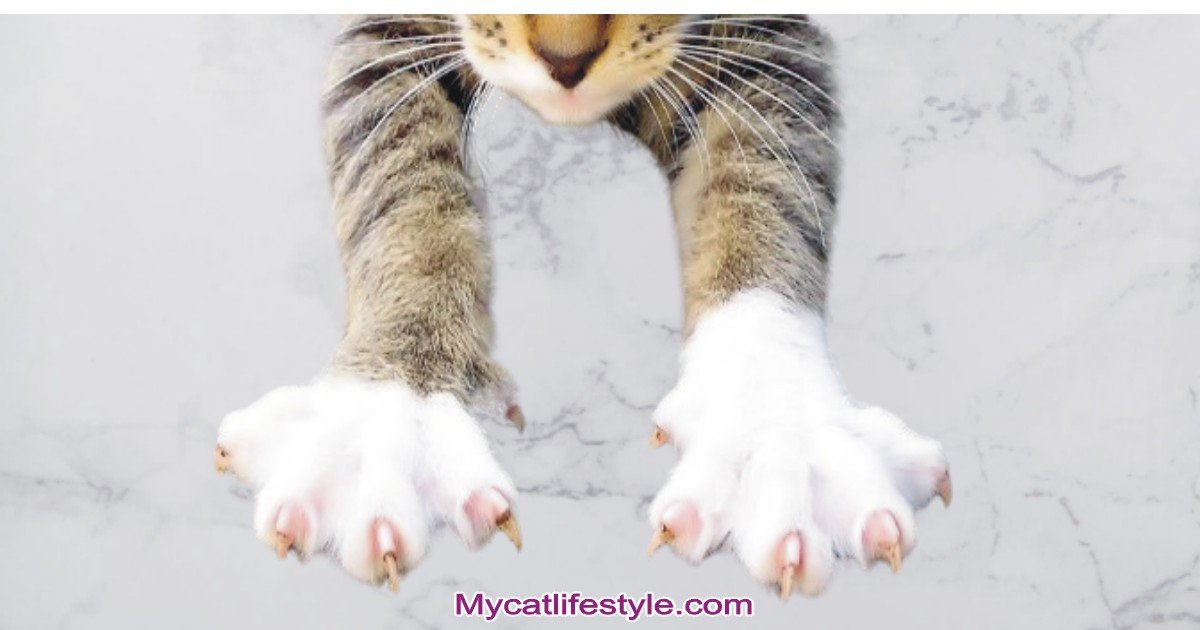
Cutting a cat’s Nail too short can accidentally reach the quick, sensitive part of the Nail where nerves and blood vessels are located, causing pain and bleeding. If this occurs, remaining calm is essential to avoid further stressing your cat. Applying styptic powder or cornstarch directly to the tip of the Nail can help stop the bleeding.
Comforting your cat and reassuring them through gentle petting and soothing words is also crucial. While cutting the quick is an unpleasant experience, it’s not uncommon and typically heals well with proper care. However, consulting a veterinarian is recommended if bleeding does not stop or if your cat seems excessively uncomfortable. To minimize the risk of cutting a nail too short in the future, trim only the translucent part of the Nail and avoid the pinkish area known as the quick. If uncertainty persists, seeking guidance from a professional groomer or vet can provide further assurance and instruction.
Handling your cat’s nail care with patience and understanding can turn a daunting task into a manageable one, ensuring your cat’s paws remain healthy and pain-free. For more tips on nail trimming and managing a cat that dislikes nail care, visit Nail Trimming for Difficult Cats, where you’ll find comprehensive strategies and advice to improve your nail trimming sessions.
How to Help Your Cat Manage Their Nails
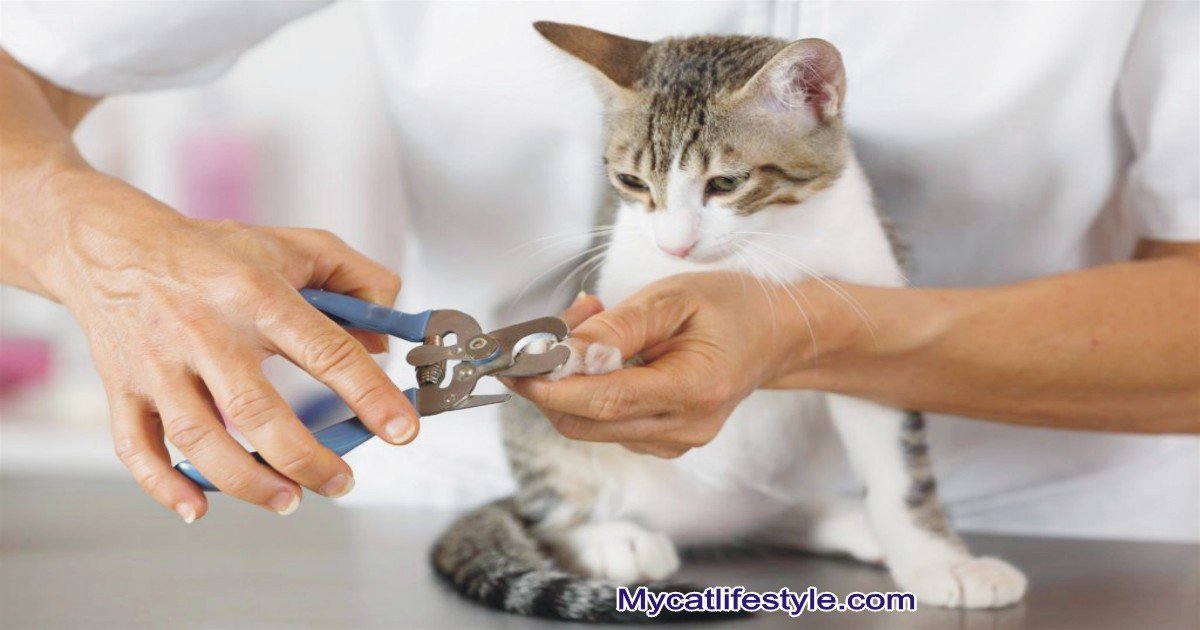
Helping your cat maintain its nails is a crucial aspect of its care, ensuring it remains happy and healthy. While cats have natural behaviors to manage their nails, you can assist in this process to prevent overgrowth and potential issues in several ways.
Provide Scratching Surfaces
One of the best ways to help your cat with nail management is by providing ample scratching surfaces. Scratching posts, pads, and other materials can satisfy their natural urge to scratch and help keep their nails in good condition. Position these surfaces throughout your home to encourage use. Opt for various textures and types, such as vertical posts and horizontal mats, to cater to your cat’s preferences.
Read More: Why Is My Cat Vomiting At Night?
Encouraging Appropriate Scratching
Encouraging your cat to use the scratching surfaces you provide is critical. You can place them near areas your cat frequents or enjoys relaxing. Using catnip or toys can also attract your cat to these surfaces. Rewarding your cat with treats and praise when they use the scratching posts will reinforce this positive behavior.
Should You Cut Your Cat’s Nails?
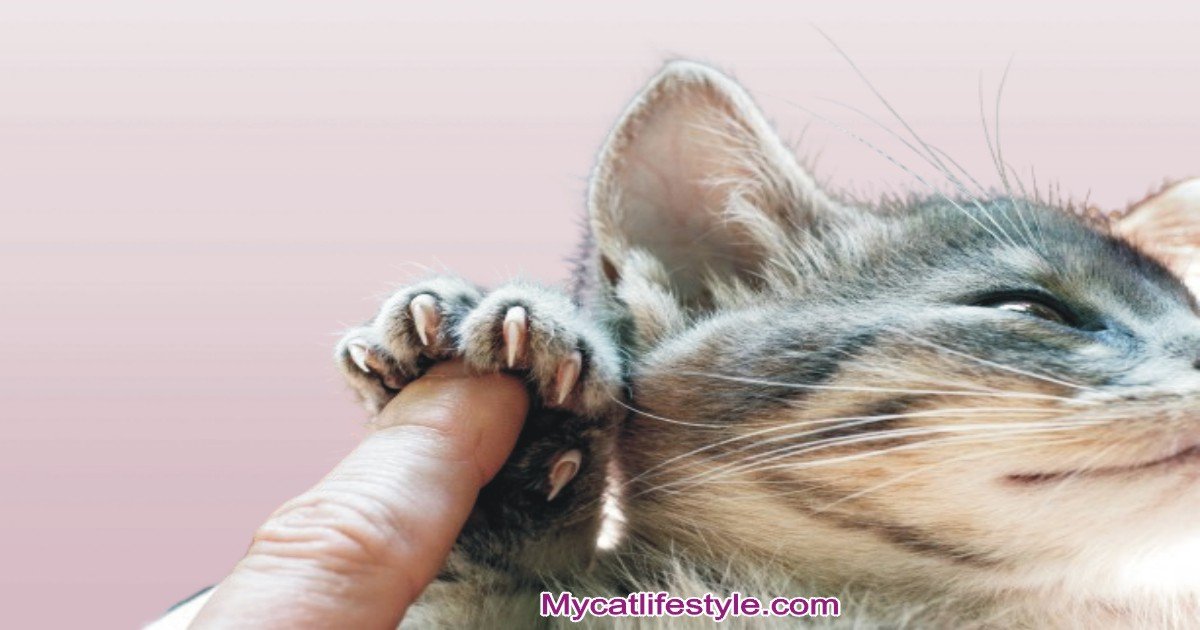
Yes, in addition to providing scratching surfaces, regular Nail trimming is essential for domestic cats, especially those that live indoors and may not wear down their nails as naturally as outdoor cats. Trimming helps prevent the nails from becoming too long, which can cause pain or lead to injury.
Getting Your Cat Acquainted With Nail Trimming
Introducing your cat to nail trimming from a young age can make the process easier. Start by gently handling your cat’s paws regularly to get them used to the sensation. Gradually introduce the nail trimmer by showing it to them without trimming it. Rewarding them with treats during these sessions can help build positive associations.
Trimming Your Cat’s Nails
When decorating your cat’s nails, use a specially designed cat nail clipper and only cut the tip of the Nail to avoid the quick, which is the pink part of the Nail containing blood vessels and nerves. If you need more clarification or are uncomfortable trimming, seek guidance from a vet or professional groomer.
Regular trimming can be a good routine, depending on your cat’s growth rate. For more detailed advice on nail trimming techniques and how to create a stress-free experience for both you and your cat, consider reading further on our dedicated page, Cat Nail Care Essentials. This resource offers step-by-step instructions, recommended tools, and tips to ensure a safe and positive nail trimming experience.
The Consequences of Neglecting Your Cat’s Nail Care
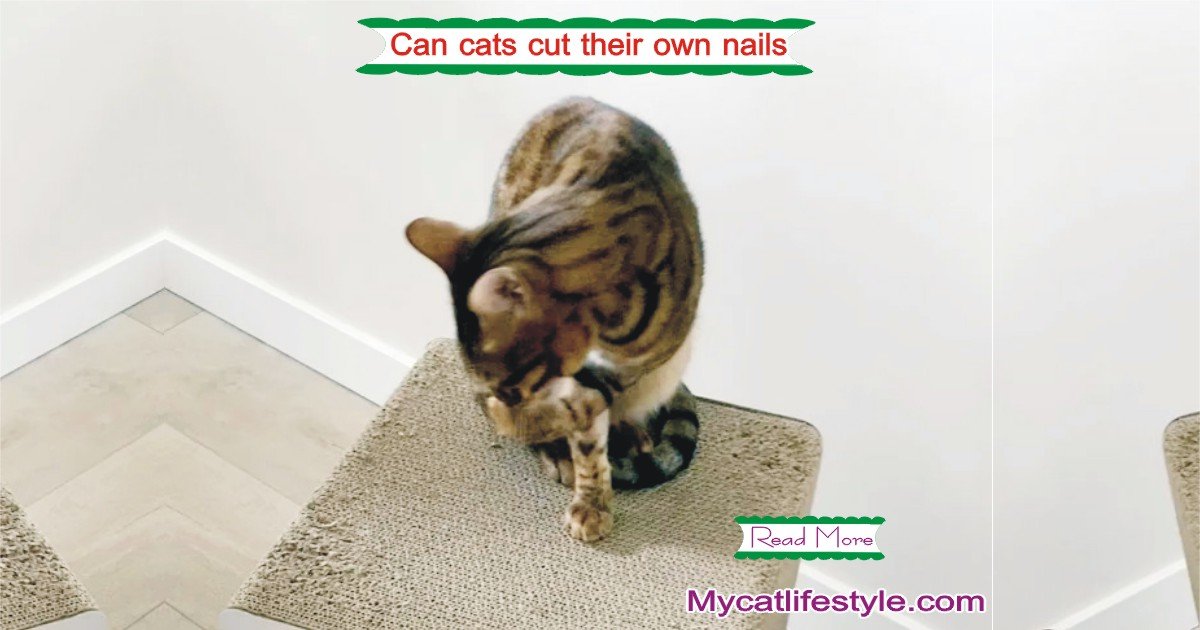
Neglecting your cat’s nail care can lead to several issues that affect their comfort and pose serious health risks. Understanding these consequences is essential for responsible pet ownership and ensuring the well-being of your feline friend.
Paw Pain
Overgrown nails can curl and grow into the soft pad of the cat’s paw, causing significant pain and discomfort. This condition can lead to difficulty walking, changes in gait, and even affect their posture, potentially leading to long-term joint issues. Regular nail checks and trimming are crucial to prevent such painful outcomes and maintain your cat’s mobility and comfort.
Hazardous Claws
Long nails are more prone to splitting or breaking, leading to infections and requiring veterinary attention. Additionally, sharp, overgrown claws can become hazardous to the cat and human companions, increasing the risk of accidental scratches during play or handling. Maintaining your cat’s nails helps prevent these injuries and keeps interactions safe and enjoyable.
Snag Risk
Cats with long nails are at a higher risk of getting their claws snagged on carpets, furniture, or draperies, which can lead to panic, injury, or even torn nails. Such incidents can be distressing for your cat and may lead to a negative association with their environment or specific activities.
Providing appropriate scratching surfaces and keeping nails trimmed minimizes these risks, ensuring your cat’s environment remains a safe and comfortable space for exploration and play. Neglecting nail care overlooks a critical aspect of your cat’s health and welfare.
Regular maintenance, understanding the potential issues associated with neglect, and taking proactive steps to prevent them are crucial elements of responsible cat ownership. For more information on maintaining your cat’s nail health and preventing these issues, explore our in-depth guide on Preventing Nail Problems in Cats, which offers expert advice and solutions to keep your cat’s paws healthy.
FAQs
What happens if you don’t trim your cat’s Nails?
Neglecting your cat’s nail trimming can lead to several Problems. Overgrown nails can curl and grow into the footpad, causing pain and infection. It can also lead to improper walking posture, joint pain, and an increased risk of snagging their nails on fabric or carpet, resulting in injury.
Does it hurt cats to clip their nails?
Clipping a cat’s nails does not hurt them as long as it’s done correctly. The key is to avoid cutting into the quick, pink part of the Nail where blood vessels and nerves are. Clipping only the precise, sharp tip of the Nail is usually pain-free. If you accidentally cut the quick, it can cause pain and bleeding.
Can you cut cats’ claws yourself?
You can cut your cat’s claws yourself with the right tools and technique. It’s essential to use a pair of cat nail clippers and gradually acclimate your cat to the process. Start by getting your cat used to having its paws handled, then introduce the clippers, and finally start with short trimming sessions, rewarding your cat for making it a positive experience.
Is it cruel to clip a cat’s claws?
Trimming a cat’s claws is not cruel; it’s a necessary part of pet care that keeps your cat comfortable and prevents injury to both the cat and humans. It’s only cold if done improperly, such as cutting too short to the quick or restraining the cat forcefully. Proper technique and patience make the process stress-free.
Do cats trim their back nails?
Cats are less likely to trim their back nails effectively through natural behaviors than their front claws. While scratching activities help maintain the front claws, back nails may not wear down as quickly, so they may still require manual trimming to keep them at a healthy length.
How do cats trim their nails in the wild?
Cats maintain their nail length in the wild by climbing,hunting, and scratching on rough surfaces. These activities naturally help wear down their claws, preventing them from becoming too long or sharp. Domestic cats may engage in these activities less, especially if they live indoors.
Why you shouldn’t cut your cat’s nails?
The argument against cutting a cat’s nails usually centers on the idea that it could interfere with their natural defense mechanisms. However, for most domestic cats, especially those that live indoors, regular nail trimming is essential for their health and doesn’t negatively impact their safety.
I can’t cut my cat’s nails.
If you find it difficult to cut your cat’s nails due to their resistance or your nervousness, consider seeking help from a professional. Veterinarians and professional pet groomers are skilled at trimming nails quickly and with minimal stress to the cat. Additionally, you can work on gradually desensitizing your cat to nail trimming at home with patience and positive reinforcement.
Conclusion
Trimming your cat’s nails is an essential part of pet care that ensures the well-being of your furry friend. Regular nail maintenance prevents the discomfort and health issues associated with overgrown claws, such as paw pain, hazardous sharp nails, and the risk of snagging.
It’s essential to approach cat nail trimming with patience and the proper technique, making it a stress-free experience for you and your cat. Remember, while cats have natural behaviors to manage their claws, domestic environments often necessitate our intervention to keep their nails at a healthy length.
Providing appropriate scratching surfaces and learning how to trim your cat’s nails properly ensures your cat remains comfortable, agile, and safe in your home. This aspect of cat care enhances your bond with your pet and contributes significantly to their overall health and happiness.






